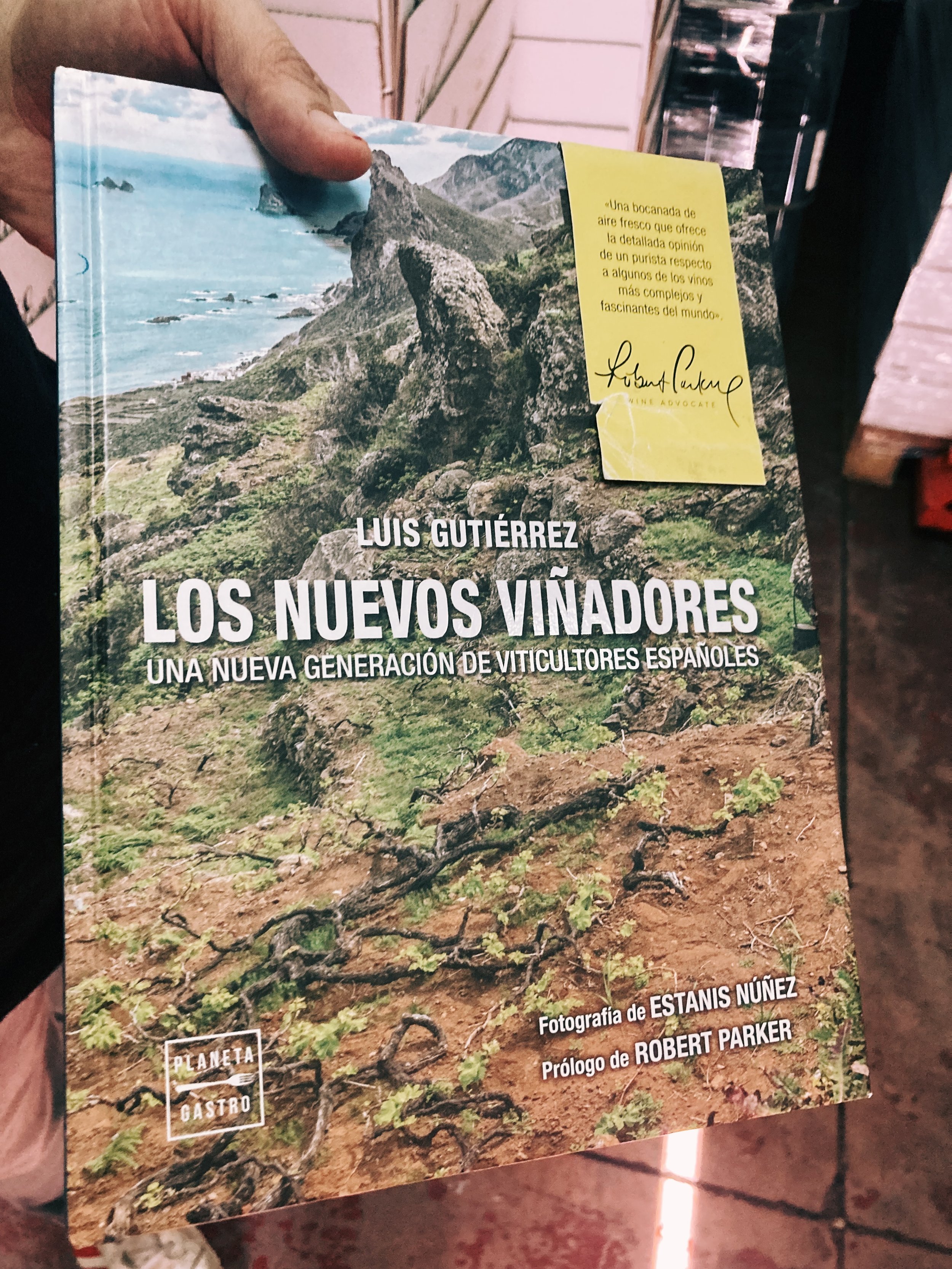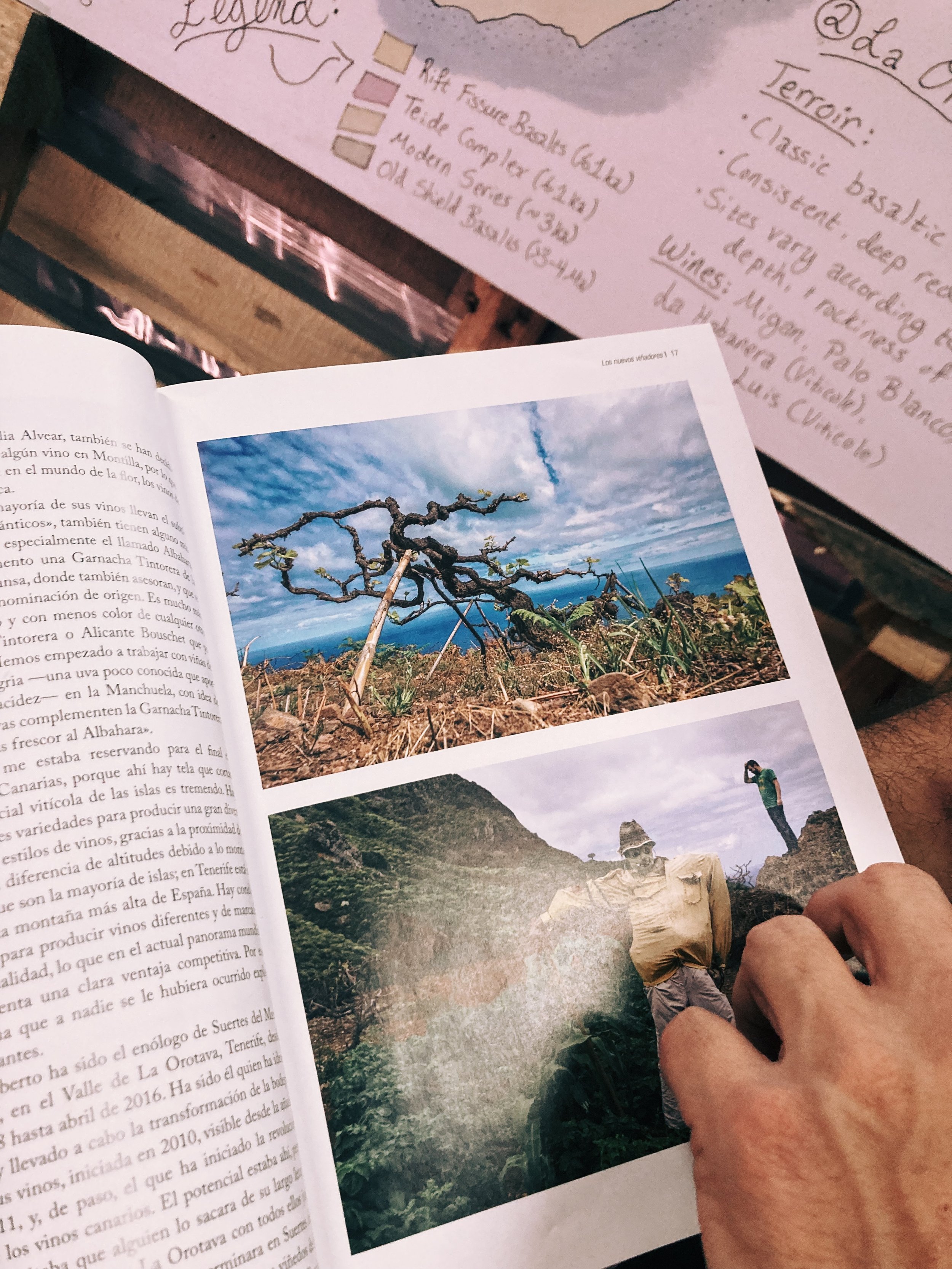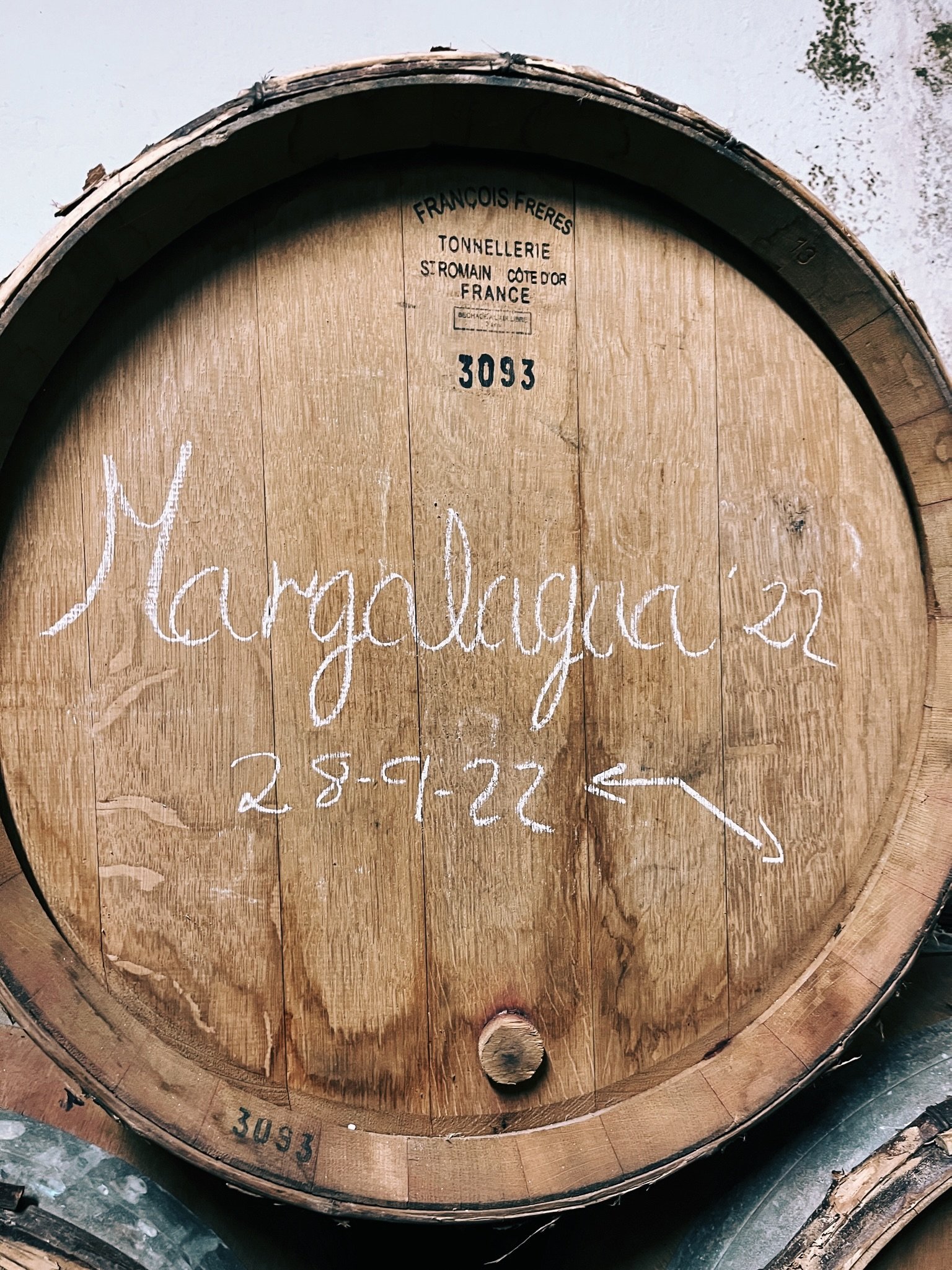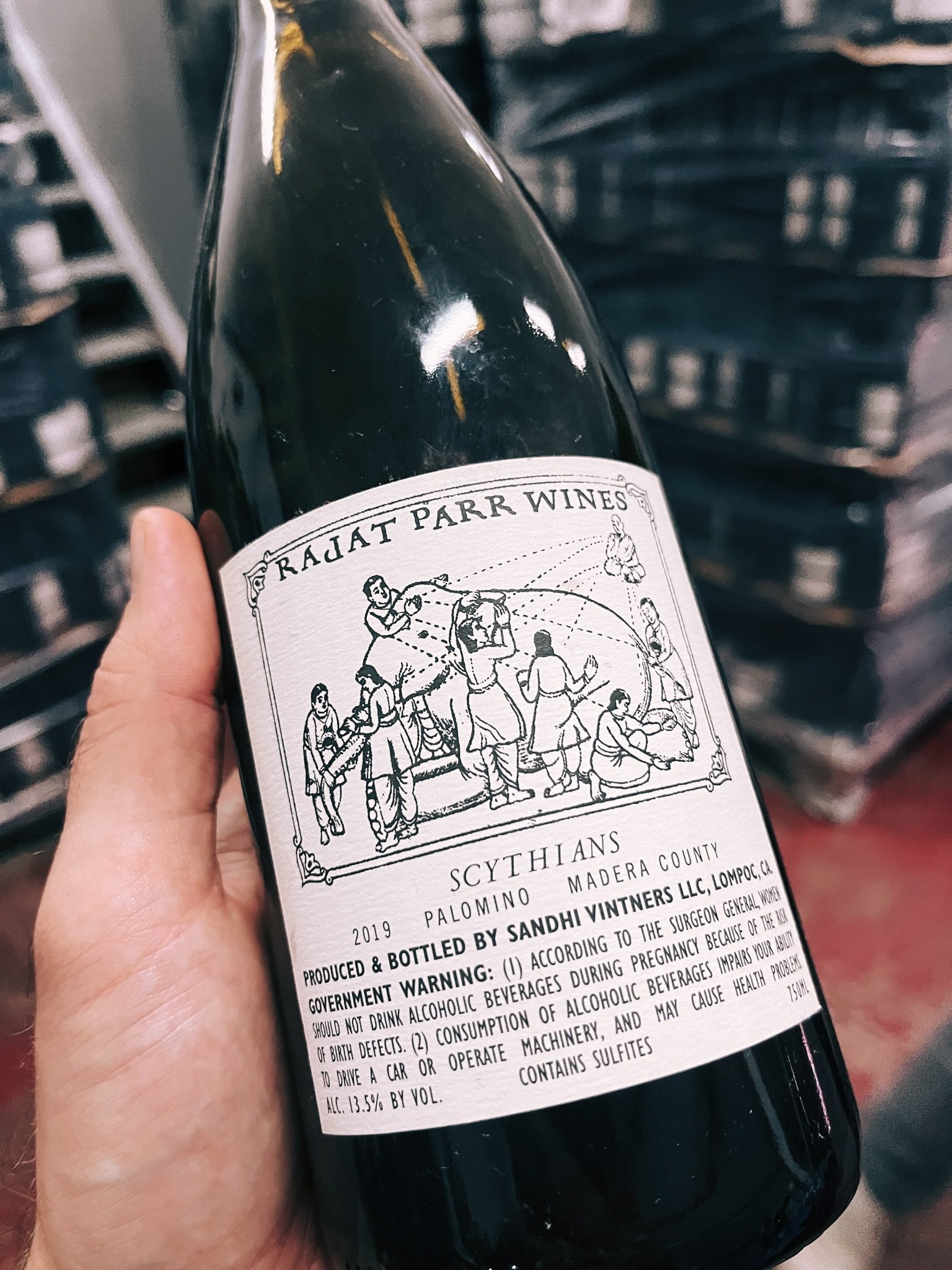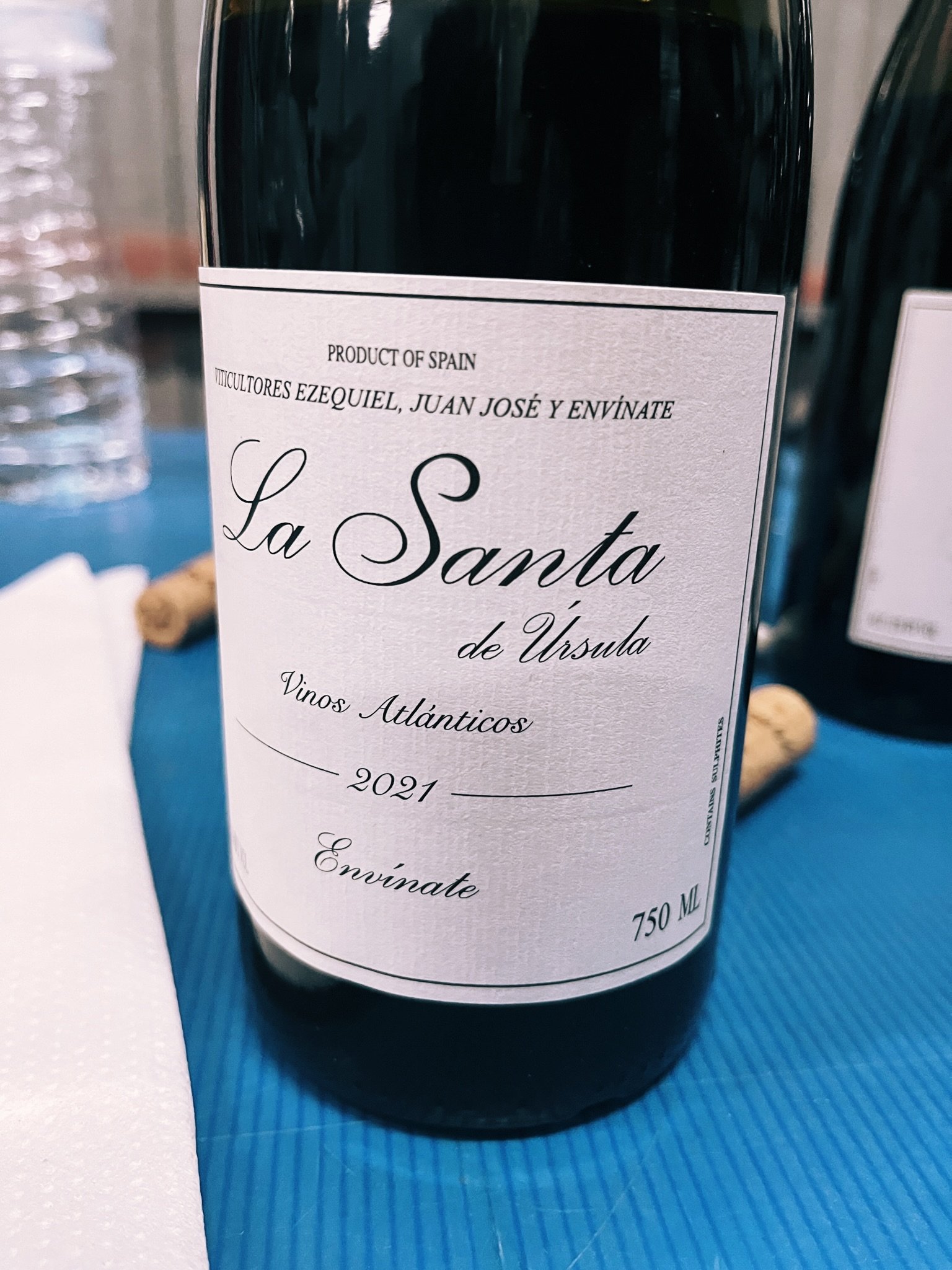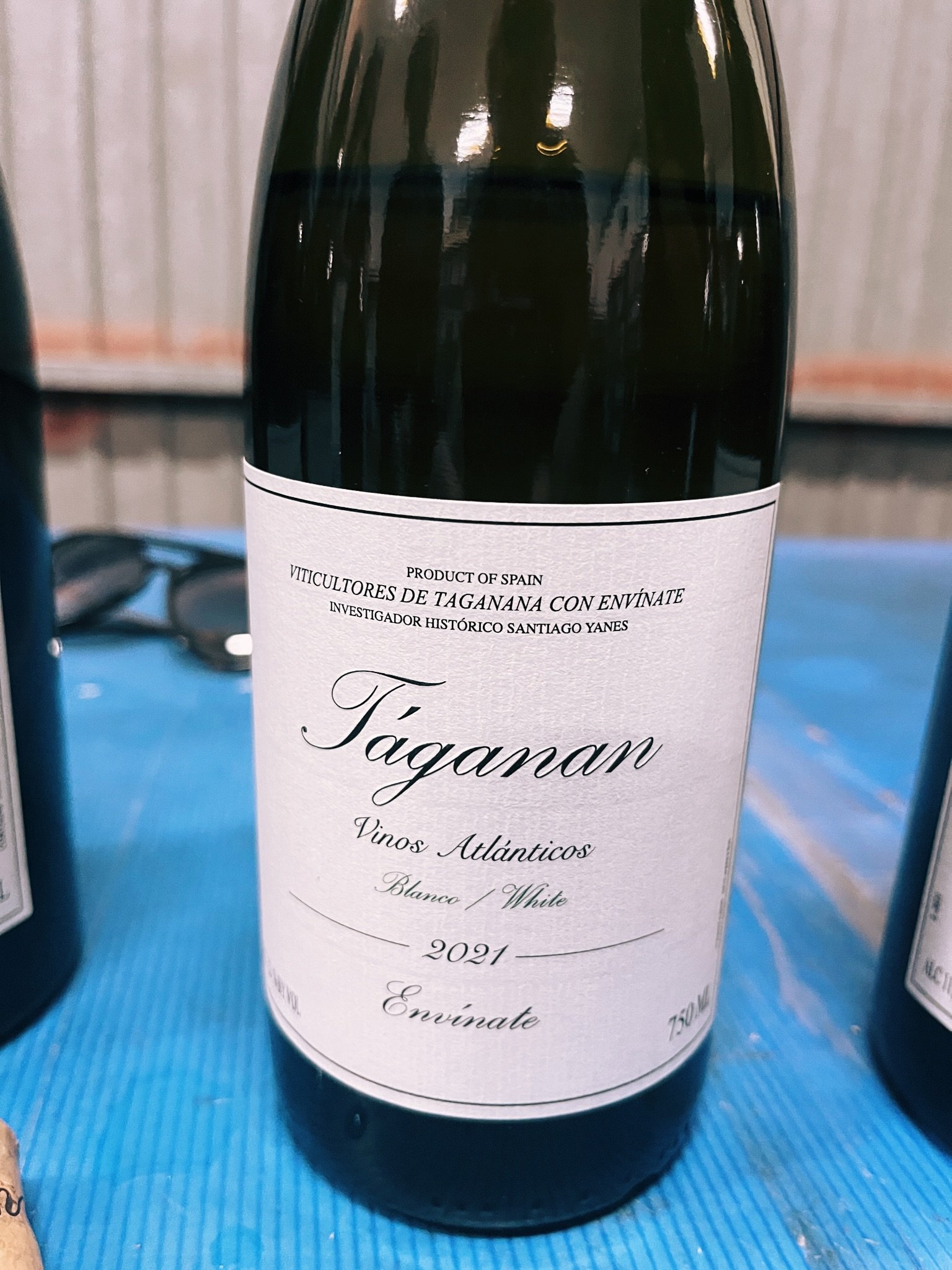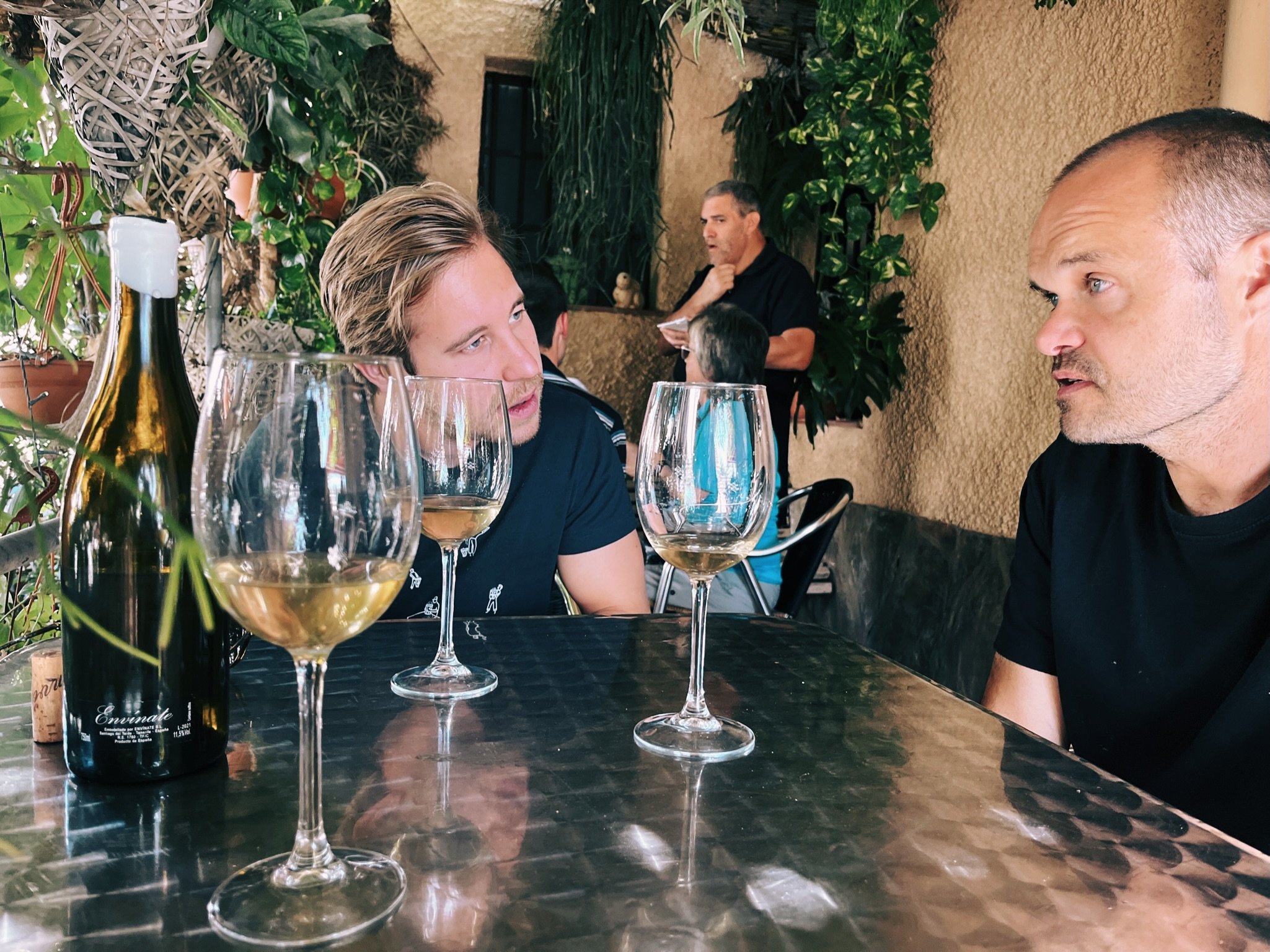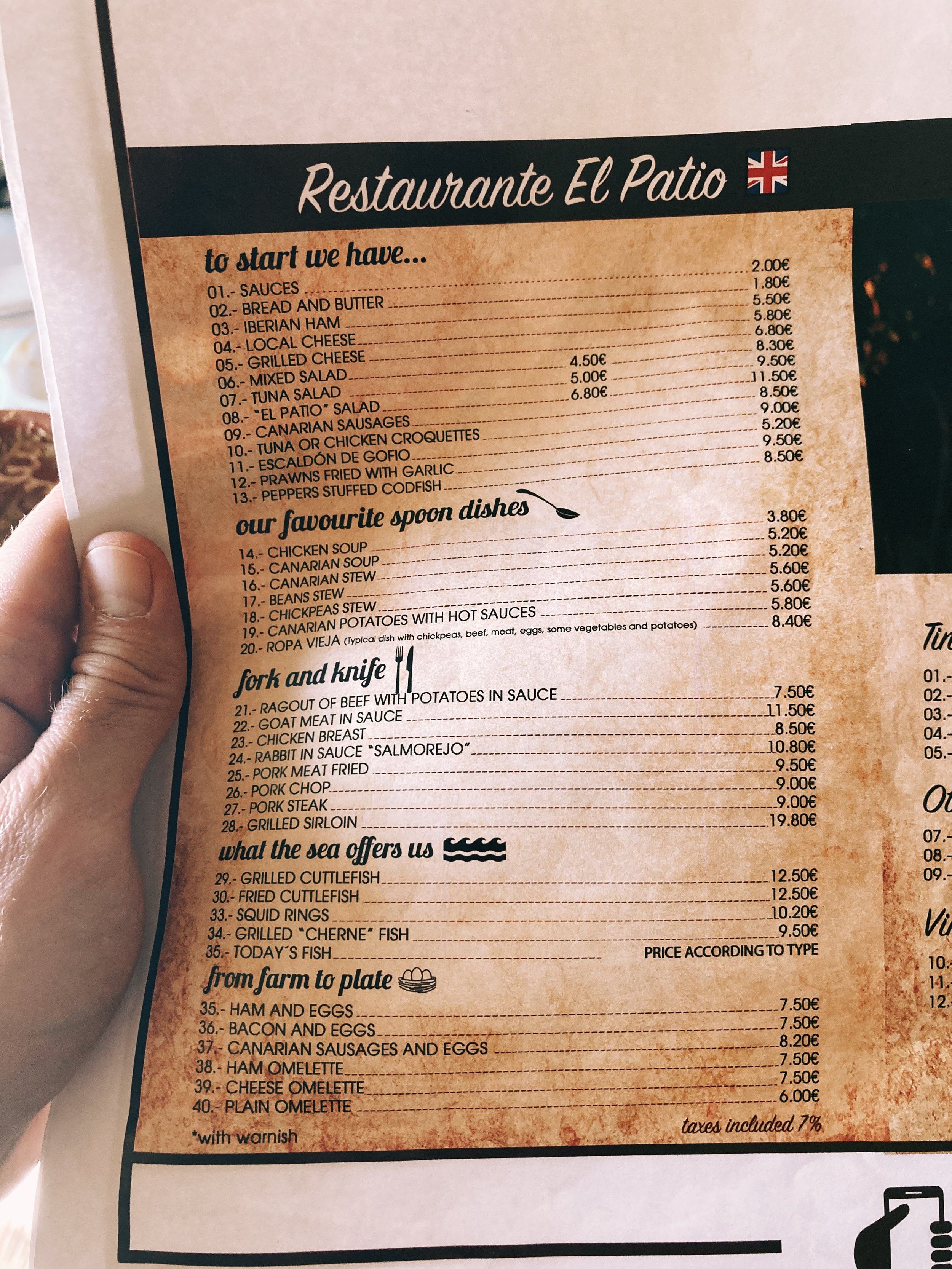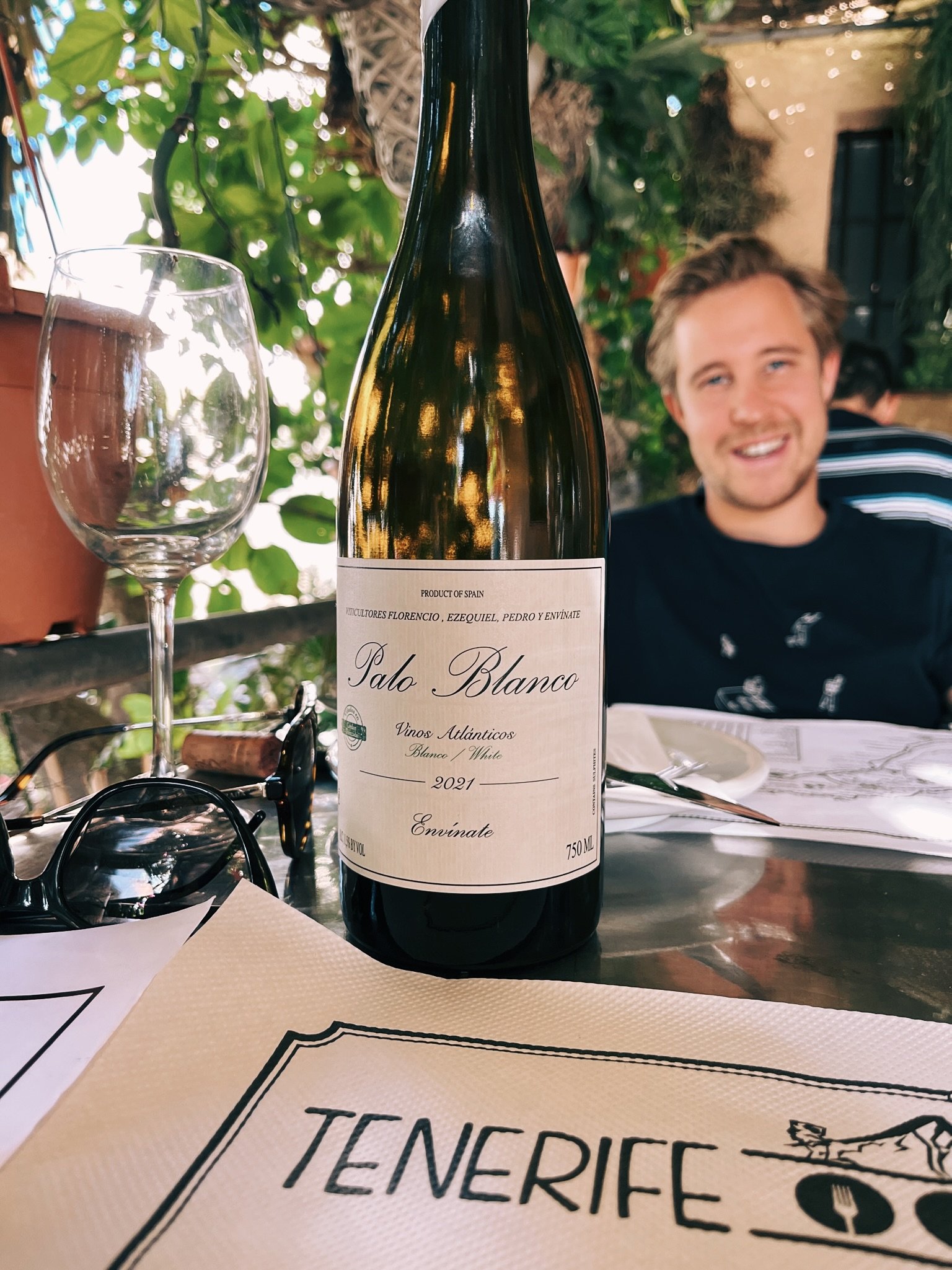Tenerife Wine Paradise #1 - Envinate
SENSE OF PLACE
Tenerife, the largest of the Canary Islands / The Island of Eternal Spring
Its divers scenic landscape is just as jaw dropping as its centuries-old viticultural heritage. Unlike other volcanic islands without any mountains in the middle section, Tenerife has significant climatic differences between its Northern and Southern part. The (still active) Teide volcano protects the southern areas from the humid northern air streams and allows a sunny tourist paradise for millions of ‘3S’ tourists. On the other hand, the northern half is definitely green, cooler, more cloudy and relatively humid.
Some might argue that this is where the best vineyards are located in the Tacoronte Acentejo, Valle de Orotava and Ycoden Daute Isora DOs. But I won’t go any deeper on a detailed terroir review this time, others have made thorough assessments on the growing regions already.
The 5 appellations of Tenerife showed at Envinate
Key surprises
The island is fairly “young” with predominantly volcanic basalt mother stone and varying clay content. As a general rule: the higher the altitude: the more basalt and less humus.
/ yield are surprisingly (at least to me) normal, much like in the Galicia vineyards of Envinate /
Tenerife has two main cultural influences Portuguese and Spanish. It is still present in the language, cousin and viticulture.
/ Portuguese varieties came from Madeira, the Spanish ones from the South of Spain /
No phylloxera on the island - because of the lack of international varieties and isolation and not because its volcanic soil
/ Azores or Madeira are volcanic and yet they had phylloxera /
Some vineyards have 300 years old plants inside!
WINE WIZARDS
The primary aim of this visit was to shut down my brain and have the first real holiday this year, so we’ve only devoted a limited time to the mysterious world of the Tenerife wines. We’ve focused on two two shining stars of the island:
In my experience, both wineries have been focusing on dynamic, refreshing wines made with local varieties accompanied by a rather minimalistic cellar work.
They also place a huge emphasis on their heritage in the vineyards with the focus on ‘cordon trenzado’, the peculiar snake-like low training system used on centuries-old vines.
Cordon Trenzado / unique training method on Tenerife
Envinate
We’ve met with Roberto in front of his less than imposing cellar in the sleeping town of Santiago del Teide. He is one of the four vignerons who own and run Envinate in different regions all over Spain.
“Our wines from La Mancha are cheaper but not bevause of the lesser quality, but because it’s cheaper to make wine there and we are honest about that.”
Roberto leads us to this warehouse-like premise used to serve as the headquarter of the local cooperative. An unquestionable proof of Roberto’s later said wisdom:
“There are still co-operatives, but they don’t work here on this island.”
I get the impression that Roberto is a busy guy but a certain laissez faire in his movements and statements, whose only focus is to bottle terroir-driven, characterful, lively wines. Money and superficies have minor importance here.
They have 3 rules for winemaking, the wine must show:
The place where it comes from, the character of the soil.
A character, the weather of the year. (“We are not making cola-cola!”)
Soul of the people who work the vine.
All of that ought to go hand in hand with happy working conditions and fair salaries. For me personally, that’s really touching and makes these winemaking culture sustainable.
Unfortunately, I didn’t get to chance to visit the spectaculat vineyard sites this time, but some mesmerazing photos from Luis Gutiérrez’s book: ‘Los Nuevos Vinadores’ have helped to ease the lost opportunity and to get a sense of a truly unique viticultural area.
You can buy the book, The New Vignerons from Luis Gutiérrez, in English on Amazon! Excellent portrays of 14 new-wave-vintners from Spain!
We got straight to the barrels and tastes around 15 to 20 wines (I’ve gave up counting after the 8th) from the latest vintage. Barrels rule the landscape in the surprisingly spacious cellar room, with a couple of demijohns. Spontaneous fermentation, marginal sulphur, warm fermentation (even around 26-28 Celsius for the whites) and a myriad of separate vinifications.
It’s not necessarily the most pleasant tasting experience to taste viscously young wines straight from the barrel, especially reds without malo or even with ongoing alcoholic fermentation, while having to spit into a metal bucket on the ground.
BUT I LOVED IT!
Listán Negro dominance showed always more rustic, less fruit, salty and “volcanic” character, while Negramol was brighter fruit, most of the time more feminine and silky. A fantastic treat was to try the three separate components of the ‘La Santa Ursula Tinto’ cuvée from the barrel. “Ur” “Su” and “La”, three barrels, three different characters. Other than the impressive terroirs, the winery works with flor, Austrian big oak casks, with used Burgundian piéces and recently started with demijohns.
The different barrels, parcels and soil types start to make more sense and form into perfect puzzles when we later get to the bottled wines. Red basalt vs black basalt is something to look out for, although to formulate the clear differences might require a couple of tastings like that in the future, However, I had to think of my previous podcast guest, Clemens Busch in ep. 42., when comparing different coloured volcanic stones.
But I get the impression that that wines coming from predominantly red basalt are more open, more fruity, flowery, might even a hint broader and more generous. While black basalt might show more tension, linear structure, less fruit and more inorganic element to it. But the single vineyard Margalagua showed tremendously expressive taste experiences in both white and red colors!
All in all, the reds have an animating black spice and animalistic smell with dark wild berry profile, lively acidity, low alcohol and wonderful smoothness in the tannin quality. The white shine and show wonderful backbone with a pointy preciseness and alluring yellow spiciness with refreshing fruit sensation. Some impression on the labels:
Yes, they teamed up with Rajat Parr for that one.
Yes, their labels are pretty Burgundian.
It’s more than difficult to pick true favourites from such an impressive line-up, especially that all of those showed tremendous ageing potential. But here you get our 3 favourite wine ghosts this time:
Táganan Margalagua Tinto 2020
Single vineyard, extremely steep vineyard / Red basalt / Deeply aromatic, rather elegant and softer (than Táganan)
La Santa 2021
New wine in the portfolio from Santa Ursula, Blend from “UR “SU” and “LA” that I’ve referred to above. / Most open one on the day, very focused and screams freshness.
Palo Blanco 2021
Single varietal Listán Blanco / 3 different terroirs / 98 Parker Points / The most “vertical”, saline and zesty.
“Palo Blanco is the Montrachet of the Canary Islands” by Rajat Parr
Your palate is satisfied, your stomach screams for some help against the alcoholic acid stream you just threw at it. Living up to his 8th sense of noticing it, Roberto takes us to a buzzing local food fortress with an open bottle and noticeable respect among the owners upon arrival. As you can see on the photo below, the prices are more than fair, the tastes and the portions are more than modest.
To summarise my impressions about Roberto"‘s presence and aim:
Honest, uncompromising work towards perfecting the potentials of that piece of land that has been given to him.


